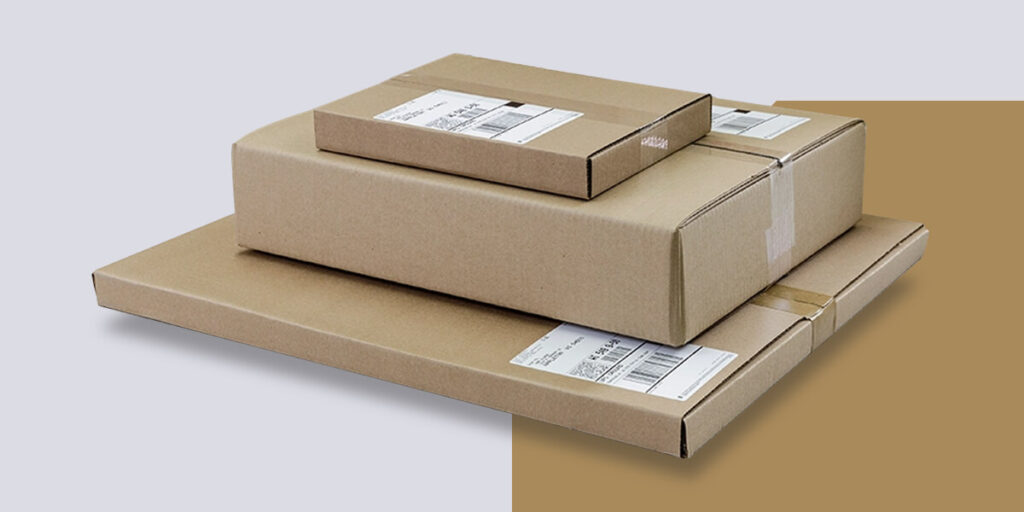
Sustainable packaging has much to offer everyone — including your consumers, your company and the planet. If your packaging is wasteful, you aren’t doing anyone any favors. Still, reducing packaging waste can be challenging. After all, you need to protect your product and accommodate marketing materials. Fortunately, you now have extensive options for efficient, sustainable packaging. Let’s take a look at how you can reduce waste in packaging and better meet your sustainability goals.
Why Reduce Waste in Packaging?
In the United States, packaging waste comprises almost one-third of all municipal solid waste. These items might include cardboard boxes, plastics, fiberboard, and foam. Packaging materials like plastic and foam won’t break down in the environment, and they can end up in waterways and ecosystems. From there, packaging waste can endanger wildlife and create risks to human health.
Other hazards associated with excess packaging include the following:
- Overtaxing waste management systems and contributing to overfilled landfills
- Using up finite natural resources like crude oil and coal
- Generating excess greenhouse gas emissions during production
The business costs of packaging waste are also high. Handling it can increase labor and disposal costs, and many companies have to contend with complex compliance requirements, like plastic bans, that can vary by region.
Consumers are increasingly aware of the need for sustainable packaging and are ready to hold brands responsible. One survey revealed that consumers think brands have just as much responsibility as governments to enact positive environmental change. Consumers have also started looking for sustainable products more over the last few years, and a commitment to the planet can help appeal to more people and protect a brand’s reputation.

Ways to Reduce Packaging Waste
Brands have a significant role to play in waste management. By reducing packaging waste and creating more sustainable options, brands can provide more options for consumers and make eco-friendly behaviors more attainable.
1. Use Recycled and Reusable Materials
Your packaging should support sustainable initiatives from creation to disposal. Using recycled materials minimizes the problems associated with producing new raw materials, like using up nonrenewable resources or generating extra greenhouse gas emissions. It also shows your commitment to the full lifecycle of packaging materials.
Similarly, if your packaging is reusable or recyclable, it gives consumers a way to reduce their waste and contribute to eco-friendly goals, with less packaging headed to landfills. Many consumers won’t even buy products with nonrecyclable packaging, so it can help you appeal to more people, too.
Some popular examples of recycled, recyclable and reusable materials include:
- Corrugated cardboard: Corrugated cardboard gets recycled more than any other packaging material at a rate of 96%. They can find new life and be reused as more packaging or products.
- Water-based ink: By using water-based inks, you can avoid using more harmful chemicals like lead and solvents, making recycling much easier.
2. Minimize Your Packaging
You’ll also want to consider the first step in the famous adage “reduce, reuse, recycle.” Take a close look at your packaging and eliminate any unnecessary elements, especially those that aren’t recyclable. Efficient packaging can help you keep excess materials from reaching the landfill, reduce product weight for fewer emissions and improve the customer experience.
While minimizing your packaging demands, you shouldn’t sacrifice the safety of the product. You still need to make sure the item reaches its destination intact. Modern designs and the expertise of a packaging expert can help you eliminate unnecessary elements while retaining all of the protection your product needs.
3. Use Biodegradable Packaging
By replacing your packaging with biodegradable components, you can ensure that it will eventually break down. It won’t stick around for thousands of years and cause problems for future generations. Keep in mind that the term “biodegradable” can mean vastly different things. For instance, some materials could take decades or even centuries to break down in natural environments, while others will break down in weeks. Try to implement packaging that degrades more quickly and doesn’t need highly specific environments to do so.
Material technologies have come a long way, and biodegradable options are becoming more affordable and sophisticated. You can now find biodegradable solutions for demanding products like liquids and food products.
Biodegradable packaging can minimize your product’s contribution to landfills and appeal to customers who like to compost.
4. Use Less Plastic
Plastic is one of the hardest packaging materials to deal with, especially since much of it is single-use plastic that’s destined for disposal after just one use. It comes from fossil fuels, releases significant greenhouse gas emissions and never fully breaks down. Instead of biodegrading, plastic pieces get smaller and smaller, eventually becoming microplastics that can enter the human body.
Instead of adding more plastic to the mix, look for ways to eliminate it. In most applications, plastic isn’t necessary. If you need the characteristics of plastic, you can find better alternatives for a much more eco-friendly approach. A sugarcane-based material called bagasse, for example, can replace plastic in many food delivery and takeout applications, while bioplastics use other plants like cornstarch and bamboo to create plant-based solutions. They offer similar characteristics as plastics but can biodegrade. Some will even break down in industrial landfills.
5. Use Custom Packaging
Off-the-shelf packaging might be easy to get ahold of, but it can get hard to work with. A standardized box, for instance, could be too large or oddly shaped, requiring you to use additional materials to protect your product. Custom packaging allows you to fit your packaging materials precisely to your product, eliminating imperfect sizing or materials poorly tailored to the item.
When using custom packaging, it’s crucial that you work with a sustainability-focused provider. For some, sustainability is just a box to check off, but for others, it plays a pivotal role in making packaging that does good for the planet, consumers and businesses. At Great Northern Packaging, we prioritize sustainability in our materials to bring environmentally friendly solutions to products of all shapes and sizes.
Contact Great Northern Packaging to Start Creating Sustainable Packaging Solutions
Great Northern Packaging’s team puts decades of experience to work making innovative, custom packaging for diverse products. From printing and design to manufacturing and supply chain management, we offer support every step of the way. We maintain ISO and ISTA certifications and take time to understand your unique needs and find valuable ways to reduce packaging waste.
If you’re focused on doing your part for the planet and your customers, allow us to help you get there with sustainable packaging solutions. Reach out today to discuss your product with an expert and start developing eco-friendly packaging!







